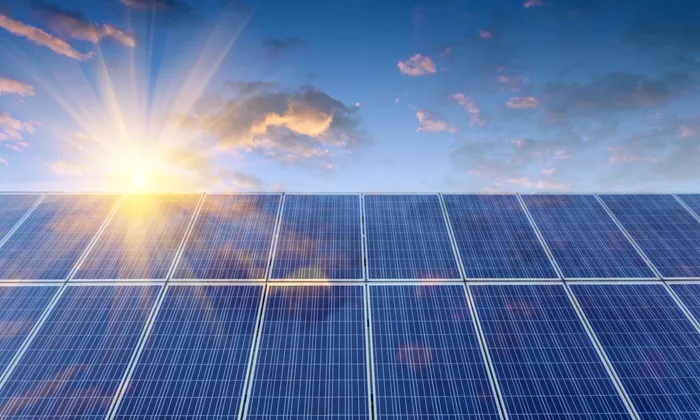The U.S. Energy Information Administration (EIA) has projected a 3% increase in electricity generation this year, translating to an additional 121 billion kilowatt-hours (BkWh) compared to 2023. This rise is primarily fueled by significant growth in solar power, with natural gas contributing to a lesser extent.
According to the EIA’s Short-Term Energy Outlook, substantial expansions in solar capacity are driving this surge, with solar accounting for 59% of new U.S. generating capacity additions in the first half of 2024. The growth in solar power is further supported by advancements in battery storage technology.
Texas and California are expected to see the most significant increases in solar generation this year. Texas is projected to add 16 billion kilowatt-hours (BkWh), while California is set to see a 9 BkWh increase.
The EIA attributes part of the overall increase in generation to an exceptionally hot start to the summer, which spiked air conditioning demand. Looking ahead, the EIA forecasts an additional 1% increase in generation for 2025, with a projected 37% rise in solar power (60 BkWh) and a 2% increase in natural gas (35 BkWh). Other sources like wind and nuclear are also expected to see smaller increases.
Nationwide, utility-scale solar generation is set to grow by 34% this year, driven by the rapid deployment of solar projects. Solar capacity expanded by 12 gigawatts (GW) in the first half of 2024, representing 59% of all new capacity across energy sources.
Natural gas generation is also on the rise due to low fuel costs and increased overall electricity demand. However, the addition of new combined-cycle plants has been counterbalanced by the retirement of older plants. The EIA forecasts that natural gas generation will see the most significant increases in the Midwest (up 11 BkWh) and the Mid-Atlantic (up 9 BkWh). Conversely, California and the Southwest are expected to experience declines in natural gas generation due to the surge in solar capacity.
Coal-fired generation continues to decline across most regions as it is increasingly replaced by natural gas, renewables, and plant closures. Notably, the Central/SPP region will see a reduction of 9 BkWh in coal generation this year.
Regarding emissions, the EIA anticipates that energy-related carbon dioxide (CO2) emissions will remain stable between 2023 and 2025. This stability is attributed to rising natural gas consumption, which offsets reductions from decreased coal generation. Emissions are expected to stay constant in 2025, with a slight decrease in natural gas emissions being counterbalanced by a rise in petroleum emissions due to increased diesel use.
The EIA also projects a 1% decline in carbon intensity of energy (CO2 emissions per unit of energy consumed) this year and next, thanks to the growing share of renewable energy sources in the U.S. energy mix. Primary energy consumption is anticipated to increase by about 1% annually, with over 50% of this growth coming from solar, wind, and hydropower.
Related topics:
- Volvo CE Unveils Electric Wheel Loader and Excavator for North America
- Bosch Rexroth Unveils Advanced Hydraulic Solutions at MINExpo 2024
- Volvo CE Enhances Rigid Hauler Fleet with New Models

